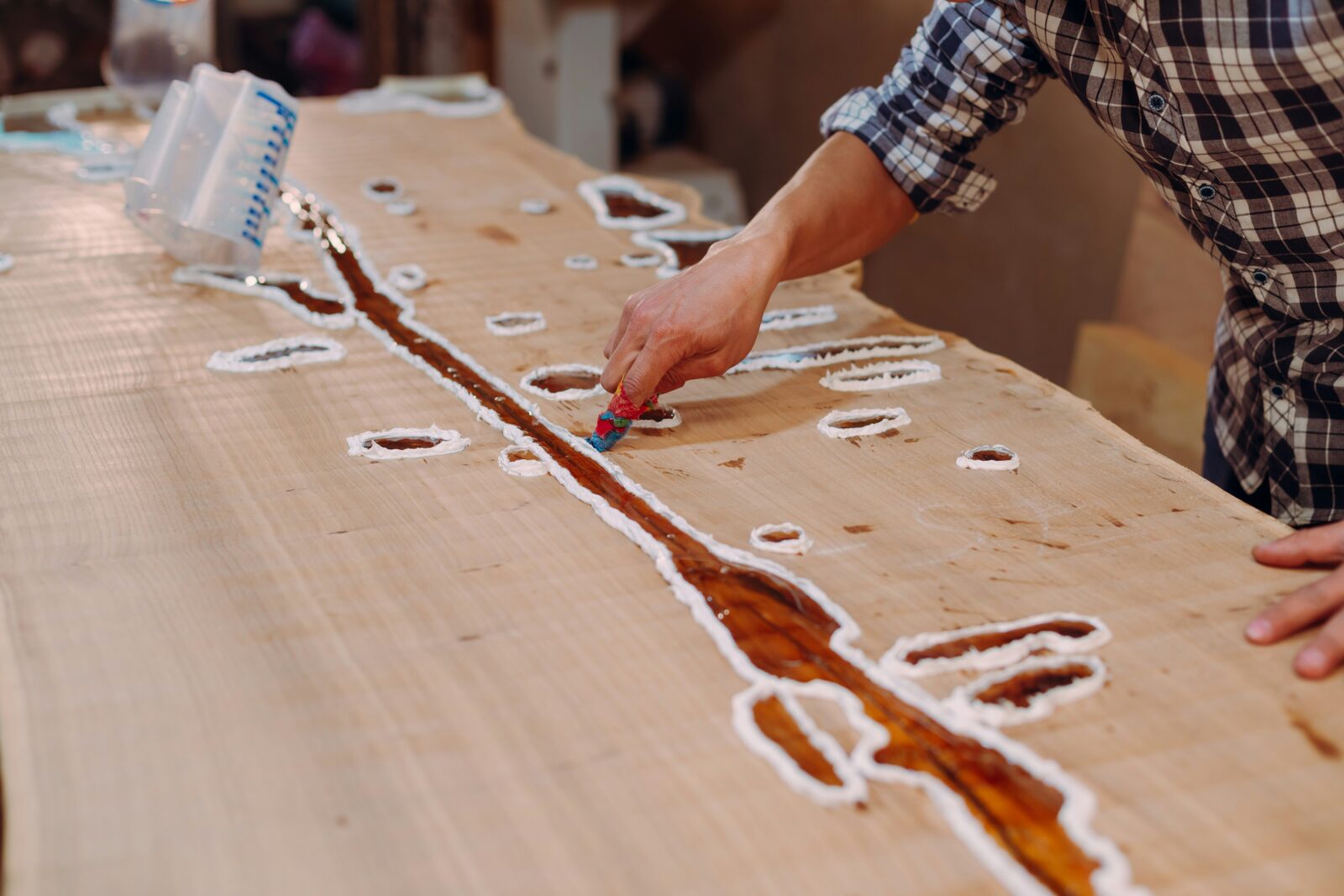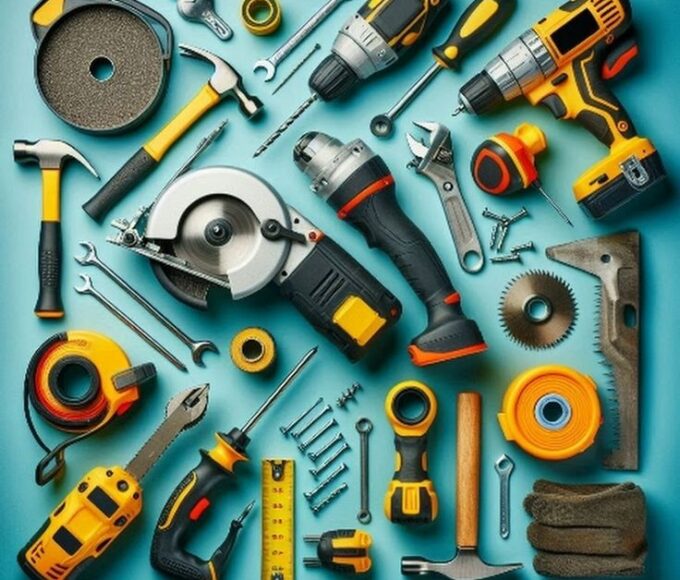Epoxy resin has taken the DIY world by storm, and for good reason. This versatile material can transform ordinary objects into stunning works of art. Whether you’re crafting beautiful coasters, creating unique jewelry, or even tackling home repairs, epoxy resin is your go-to solution. However, it’s easy to make mistakes that can ruin an otherwise perfect project. By understanding common pitfalls associated with epoxy resin use, you’ll ensure that your creations shine without a hitch! Let’s dive into what to watch out for as you embark on your next resin adventure.
Common Uses of Epoxy Resin
Epoxy resin is a versatile material, widely embraced in various industries and crafts. One of its most popular applications is in the creation of stunning countertops. With its glass-like finish and endless color options, it transforms ordinary surfaces into breathtaking focal points.
Artisans frequently use epoxy resin for crafting jewelry. Its ability to encapsulate objects or pigments creates unique pieces that catch the eye. From pendants to earrings, each item tells a story.
In construction, epoxy resin serves as an adhesive and sealant. It bonds materials effectively while providing waterproofing properties. This makes it ideal for flooring systems where durability is essential.
Marine applications also benefit from epoxy resin’s protective qualities. Boat builders rely on it to coat surfaces, preventing water damage and enhancing longevity.
Whether you’re a DIY enthusiast or a professional contractor, understanding these uses can elevate your projects significantly.
Not Measuring Properly
One of the most common pitfalls when working with epoxy resin is improper measurement. Precision matters here, as both components—resin and hardener—must be mixed in the correct ratio to achieve optimal results.
Using too much or too little of either component can lead to problems like tackiness, cloudiness, or even incomplete curing. It’s essential to read the manufacturer’s instructions carefully. They often provide specific ratios tailored for their products.
Investing in a good scale can make all the difference. Even slight discrepancies can affect your project adversely.
When measuring by volume instead of weight, use calibrated cups for accuracy. Remember that one part isn’t always equal to another part; follow guidelines closely.
Taking time at this stage reduces headaches later on and ensures a stunning final product you’ll be proud of.
Not Mixing Thoroughly
When working with epoxy resin, mixing is a critical step that cannot be overlooked. Failing to mix thoroughly can lead to uneven curing and compromised strength. You might think a quick stir will suffice, but this approach often leaves pockets of unmixed resin.
Ensure you use the appropriate tools for mixing. A clean bucket and a sturdy stir stick work wonders in achieving an even blend. Scrape the sides and bottom of your container to incorporate all materials fully.
Pay attention to timing as well; you should mix for at least two minutes or until you achieve a uniform color throughout. If you’re in doubt about whether it’s mixed enough, err on the side of caution—mix longer rather than risk an incomplete blend.
Remember, proper mixing sets the stage for success in your project, allowing the epoxy resin to perform at its best without any hidden flaws lurking beneath the surface.
Using the Wrong Type of Epoxy Resin for the Project
Choosing the right type of epoxy resin for your project is crucial. Different resins serve various purposes, and using the wrong one can lead to disastrous results.
For example, art-grade epoxy is designed for artwork and crafts, while structural epoxy is meant for heavy-duty applications like bonding materials in construction. Using a craft resin on a load-bearing surface might spell trouble down the road.
Temperature resistance also varies between types. If you need an epoxy that withstands high heat, opting for standard resin could cause it to warp or break under pressure.
Always read labels carefully before making your selection. Understanding specifications ensures you pick an appropriate product tailored to your specific needs. Ignoring this step can compromise not only the quality but also longevity of your work.
Not Preparing the Surface Correctly
Proper surface preparation is crucial when working with epoxy resin. Many underestimate this step, thinking a quick wipe-down is sufficient. However, dirt, dust, and oils can significantly impact adhesion. A clean surface ensures that your epoxy bonds effectively to the material.
Start by cleaning the area thoroughly. Use an appropriate cleaner based on the surface type. For wood surfaces, sanding may be necessary to create a rough texture for better bonding. If you’re working with metal or plastic, ensure there are no contaminants lingering.
Don’t forget about moisture either; it can ruin your project before it even begins. Ensure that all surfaces are dry before applying any epoxy resin mixture.
Taking time to prepare will save you from potential headaches later in the process and lead to a much more satisfying final product that looks professional and lasts longer than if you’d rushed through these critical steps.












